Product Description
In this course the student will learn how to use basic jazz guitar chord forms to build strong melodies for improvisation. Using one of the most common and important chord progressions, ii-V-I ( in both major and minor keys ), you will begin with the “guide tones” that are built into the chords themselves. From there you will be able to use them for experimenting and creating melodies that connect through the chord progression.
What can this product offer me?
- For any guitarist who wants to begin soloing over jazz tunes, this course gives you a simple and clear way to start building melodies through a whole series of chords, and several very important techniques that can be applied to create interesting and strong melodic solos.
- Working on the ideas in this class over time, you can learn to play convincing jazz improvisations over any tune.
Who is this for?
- This course is especially good for pop, rock or blues guitarists who would love to understand how to develop their solos to perform in a jazz style.
- The course is also great for students who wants to learn simple and practical concepts for developing melodies on the guitar.
- For intermediate students – a basic foundation and background in guitar is strongly suggested
Lecture list
|
Lecture series 1: Using basic ii-V-I shapes to begin creating melodies
|
11:09 | |||
| Lecture 1 | 02:52 | |||
| We’ll look at a sequence of chords, similar to the first section of Autumn Leaves, that begins with a ii-V-I in major and then continues with a ii-V-I in the relative minor. | ||||
| Lecture 2 | 03:25 | |||
| Now looking at these chords in more detail. A god place to start is by thinking about the guitar in 3 sections, the two low strings for roots of the chords, the two middle strings for the fundamental notes, the 3rd and 7ths ( or occasionally 6ths ) which define the core of the chord sound – major, minor or 7th. And finally the top two strings are saved for upper extensions and building lines. First, you will clearly see all the 3rds and 7ths and pay attention to how they connect. | ||||
| Lecture 3 | 02:39 | |||
| Leaving out the roots, see and play the 3rd and 7th by themselves, and then create a simple sequence with just these, through the whole progression. By connecting the 7ths of each chord to the 3rd of each following chord you create a simple but musical melody. | ||||
| Lecture 4 | 02:12 | |||
| Here you’ll see how to look ahead to the note that you will land on when you connect your melody from one chord to the next – your target note. And you’ll see a simple way of how to add interest to your line by using the “neighbors” of the target note before you land on it. Add rhythmic variation and it keeps getting more interesting! | ||||
|
Lecture series 2: Expanding the melodies from the “Core”
|
12:29 | |||
| Lecture 5 | 02:02 | |||
| Here you will see how to add a note below the “core” 3rd and 7th notes to give your basic melody more range. On the first chord, Cm7, you will bring the line down to the 5th of the chord below the 7th, and you’ll do the same on the Bbmaj7 and Am7b5 chords to sequence this idea. | ||||
| Lecture 6 | 01:57 | |||
| Now you will see an example using both the upper and lower neighbor notes. These are the ones that are in the key ( diatonic ) and you can think of them as “enclosing” the target notes. | ||||
| Lecture 7 | 02:59 | |||
| Now you can “fill in” the half step spaces between the diatonic neighbors and the target note, to create “neighbor groups”. With rhythm and accents added it creates a “bebop” sounding melody. | ||||
| Lecture 8 | 03:04 | |||
| Now you will see how to add notes above the “core” notes, giving your melodies even more range. On Cm7 you will find the 5th, which then becomes the 9th on the F7. And again, this same pair of sounds will continue through the sequence. | ||||
| Lecture 9 | 02:26 | |||
| Start from the 3 note shapes you learned in the last track. Now you will see how to add one note in between the 3rds and 7ths of each chord to create an arpeggio. This can give your lines even more connection. The lesson finishes with a reminder about the importance of really understanding both the sound and the number name of the notes. | ||||
|
Lecture series 3: Building scales and uncovering more colors
|
11:40 | |||
| Lecture 10 | 02:36 | |||
| Using the 4 note arpeggios that you built in the last lesson, here you will see how you can add notes in between the chord tones to create complete scales for all of these chord sounds. | ||||
| Lecture 11 | 02:41 | |||
| You’ve already reached up to the B string, now you’ll extend up to the high E string too reach the upper extensions of the chord. You can add the 9th on the Cm7, and that note can become the 13th on the F7 – or you could choose the #11 on there. As you continue through the sequence you will find all of these great colors to use in your lines. And again, this will give your melodies an even greater up and down range. | ||||
| Lecture 12 | 02:11 | |||
| By “seeing” and using the tritone substitution you will get a quick and easy way to get altered sounds on the 7th chords, and it creates great voice leading as well. | ||||
| Lecture 13 | 02:35 | |||
| Now you’ll build the same type of sounds in the minor ii-V-I. Also, you want to start thinking about the top notes of your chords creating a melodic feeling that you can use to build new lines. | ||||
| Lecture 14 | 01:35 | |||
| Here is a whole melodic sequence connecting the arpeggios, starting from the top “color” notes of each chord and connecting all the way through. Here are also some thoughts on different ways of fingering these melodies. | ||||
|
Lecture series 4: Altered sounds and finding a deeper “core”
|
11:41 | |||
| Lecture 15 | 02:00 | |||
| Now, by building the whole scale for the tritone substitution ( yes, “connecting the dots”! ), you get all of the “altered” sounds for the chord you substituted for. So, in this example, by thinking an easy to see B7 scale in place of the F7, what you get is sound of the flat 9, sharp 9, flat 5 and sharp 5 for the F7 chord. This is a great way to easily access these very colorful notes. | ||||
| Lecture 16 | 02:04 | |||
| Here you will find the same idea in the minor key, and we will also take a look at a few melodic variations in the sequence. The idea is for you to see and hear just one of many possibilities that can be explored in the wide “territory” you’ve opened up for each chord sound. And remember, it all started from just those 2 “core” notes! | ||||
| Lecture 17 | 02:58 | |||
| Here you move the fundamental 3rd and 7th notes to the A and D strings. This will give you 3 strings ( G, B and E ) instead of just 2 that you can use to build even more complex and richer sounds. You will see how to get the same 9th and 13th sounds in the major ii-V-I, except that now those colors will be an octave lower. | ||||
| Lecture 18 | 02:06 | |||
| Starting with the new, lower ii-V-I chord shapes you just learned, you will see how you can build the arpeggios again with these deeper sounding “core” notes as the starting point. Several variations are given, ascending and descending, and also adding the flat 9 sound to the F7 chord. | ||||
| Lecture 19 | 02:30 | |||
| Just like with higher chord shapes, you can add the “in between” notes to create complete scales for all of these chord sounds. You’ll also see that there can be more than one way to connect, depending on what you hear. Also, from this low starting point you can extend the scales up to the 9th to the 11th and 13th. | ||||
|
Lecture series 5: The “low” minor ii-V-I sounds and a new sequence
|
12:08 | |||
| Lecture 20 | 02:27 | |||
| Just as you did with major, you can build the minor ii-V-I from the A and D strings. One thing you should consider is how deep to go, so we’ll look at two possibilities – with the 3rd as the lower note, which gives you a very deep, dark sound – and then with 7th as the lower note, which is higher, but still has the 3 strings above to extend the chords upward. | ||||
| Lecture 21 | 02:01 | |||
| Here are some simple ways to build the chord sounds further up, and then using the same shapes to create various arpeggio melodies that connect you through the major ii-V-!. Once again, this gives you a starting point to see how you can create your own sounds from these chord shapes. | ||||
| Lecture 22 | 03:00 | |||
| This time you will learn to build all the way across to the high string, from the “low” minor ii-V-! shapes. These will be some of the richest chord “voicings” that you can build, adding a lot of color for these sounds. | ||||
| Lecture 23 | 02:15 | |||
| Here is a new idea that can open up a many new “sound” possibilities. The sequences that we’ve already looked at all moved in a downward direction. This time we will start with a lower chord sound and connect the top melody notes upward instead. As you’ll see in this example, right away it can lead to some great new sounds, especially when you start with the plan of adding more “color” notes as you go. | ||||
| Lecture 24 | 02:23 | |||
| As you move up the sequence, you will also find triads at the very top of many of the chords, each one outlining different color notes. In the next lesson we’ll develop these “polytonal” shapes into melodic ideas that you can use. | ||||
|
Lecture series 6: Developing new harmonic and melodic ideas
|
11:38 | |||
| Lecture 25 | 02:43 | |||
| Using the chords you learned at the end of the last lesson, you can build arpeggios from the top notes that will give you great melodic lines through the whole sequence, with a lot of strong color notes being highlighted. | ||||
| Lecture 26 | 02:41 | |||
| In this course you have learned about many valuable tools that you can use to develop your own ideas, all starting with chord shapes. Remember, if the chords sound together, you can build melodies from them that sound good together. Here are a couple of examples of melodic lines through this sequence using all of these tools. | ||||
| Lecture 27 | 02:34 | |||
| Now you can see how to continue the guide tone line up from where we left off, and finding great harmonies to go along with it. Again, this is fantastic way to discover and use new kinds of sounds, find new passing chords and chord substations. | ||||
| Lecture 28 | 02:34 | |||
| Here are some great chords to complete the cycle. As you bring the guide tone line up you can choose whether to move up a half step or a whole step – By moving in just half steps we landed to great color tones to use at the top of each chord – and you’ll see that they can harmonized more that one way. | ||||
| Lecture 29 | 01:04 | |||
| This course gives you a powerful toolkit to build improvisation ideas for a long time to come. It does take time for anyone to become a fluent improvisor, but now you have a clear understanding of great step-by-step methods to develop your own melodic language straight from the chords. | ||||
Curriculum
Instructor Biography
Paul Meyers has gained a reputation as one of the top jazz guitarists of our time. With an original technique on the classical guitar he has combined a deep understanding of the jazz tradition with strong influences of Brazilian, Latin and classical music to create a truly unique sound and concept.
Paul has performed and recorded with an ever growing list of jazz greats – Geri Allen, Karrin Allyson, Kenny Barron, Bruce Barth, Ron Carter, Eliane Elias, Eddie Gomez, Jovino Santos Neto, Rufus Reid, Claudio Roditi, Annie Ross and David Sanchez to name a few. He’s also toured worldwide for many years with two of the greatest jazz singers ever – Jon Hendricks (since 1993) and Andy Bey (from 1997 to 2008). Paul performed in Argentina and the US with vibraphonist Gary Burton, who recorded Paul’s tune Panama on his “Reunion” CD with Pat Metheny.
Others include Brasil & Company, an all Brazilian CD with the great vocalist Vera Mara, and Euforia, an envelope pushing Latin Jazz trio with great Panamanian bassist/composer Santi Debriano and Brazilian drummer Vanderlei Pereira. Paul and Santi also reunited for a duo CD, Spirit and Samba. Earlier recordings include the unigue cello, bass and guitar ensemble Trio Concertant, first runner-up for best chamber music CD of 1992, and a jazz trio album, Blues for Henry Miller.
As a sideman: Paul has contributed to many CDs, notably three with Andy Bey – the Grammy nominated American Song, Tuesdays in Chinatown and Shades of Bey. He toured with the great Argentinian pianist/composer Pablo Zeigler, who featured Paul along with Stephon Harris on the live CD Tango meets Jazz. Others include Hearts and Minds with Susannah McCorkle, 4 on 6 x 5 with the New York Jazz Guitar Ensemble and three Latin/Brazilian jazz recordings featuring all original music – Obeah with Santi Debriano, Utatuba with Kimson Plaut and Lucky with Hans Teuber. As a performer he has been in great demand as a sideman in New York and on tour.
As an educator and clinician: Paul has taught master classes and workshops in many places including Argentina, Hawaii, Alaska and Ottawa. The Director of the Seattle Jazz Guitar Society, Micheal Biller, said:”The other side of Paul Meyers is as a teacher|clinician. Mr. Meyers has a unique ability to approach highly complex musical subjects and present each component in a practical yet multi-faceted way that allows participants to begin playing portions at tonight’s gig, jam session or rehearsal…while perfecting the premise over a lifetime.”
Paul teaches jazz guitar, improvisation and coaches jazz and Brazilian ensembles at William Patterson University (since 1988) and at New Jersey City University (since 1993), and he also taught at the first year of the Jazz for Teens program at NJPAC in Newark.
Testimonies and Quotes
“…one of the most eloquent jazz guitarists since Kenny Burrell…”
“With his gleaming tone, assured rhythmic stance and rich sense of melody, PaulMeyers makes a very persuasive guitarist.”
“First of all, Paul Meyers is a brilliant musician, but most of all he has a broad
musical concept. He has such great sensitivity where you can feel the music
coming out of his guitar and not just hear the notes. I know this will continue to
serve him well, always.”
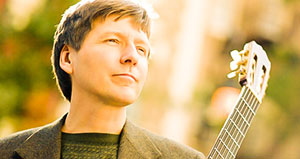

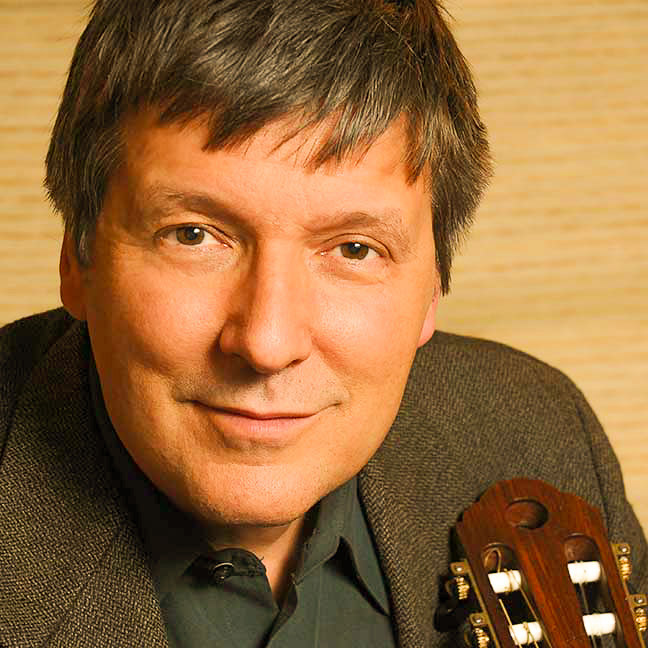

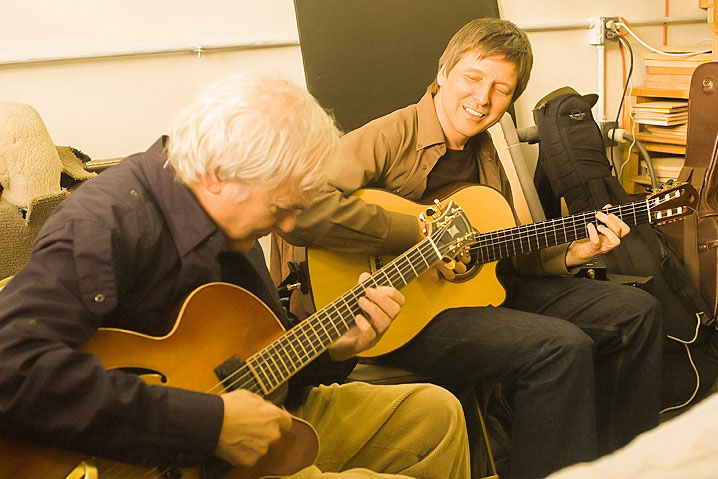
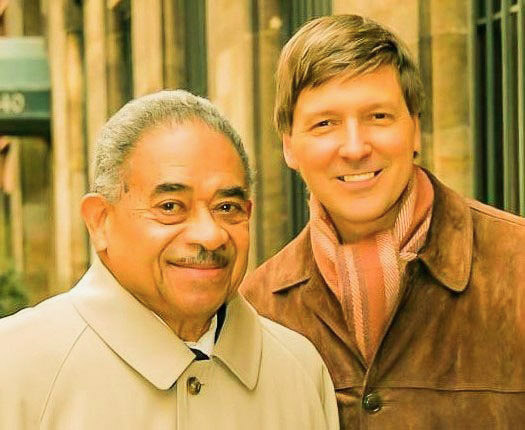
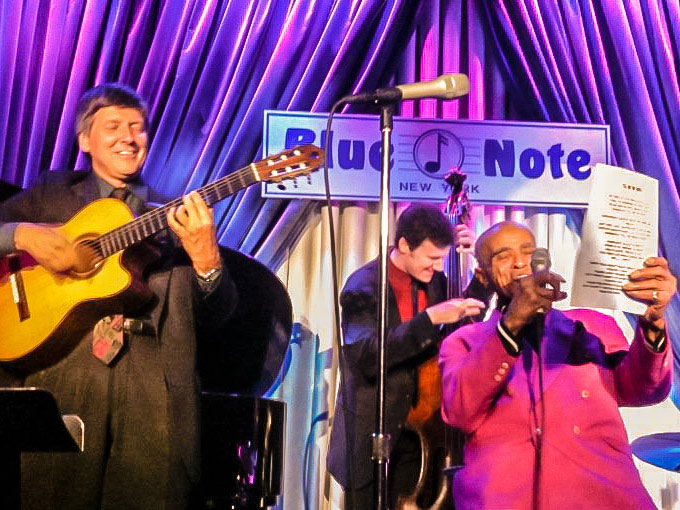
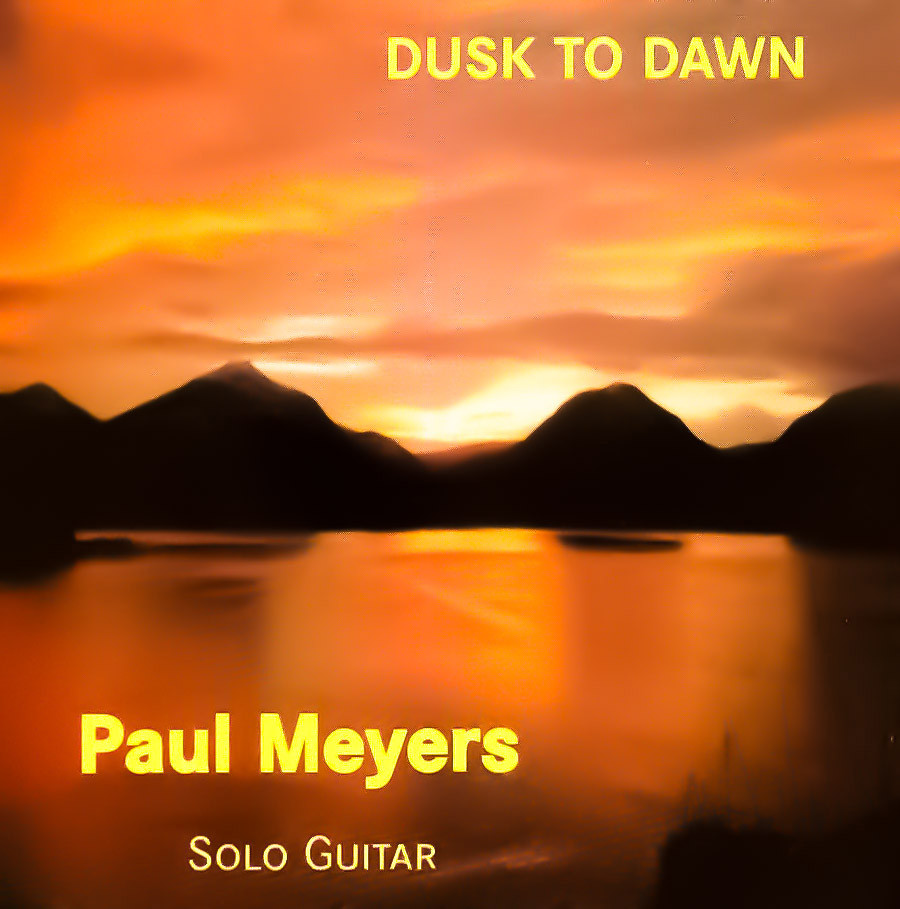
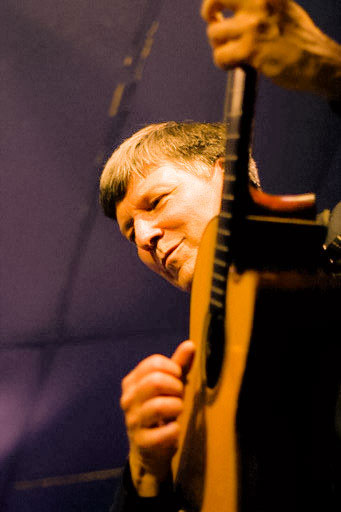
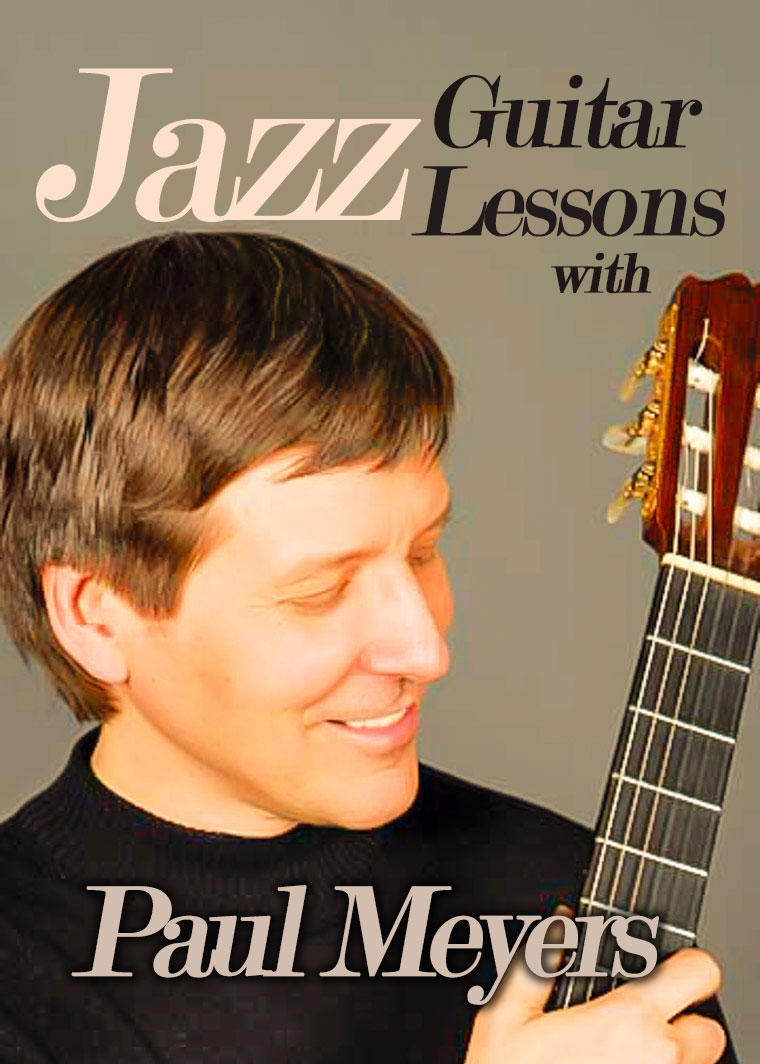
Related courses students viewed


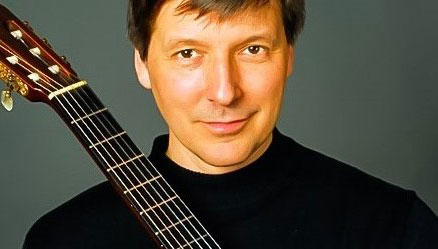
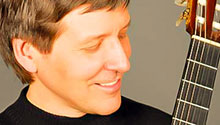
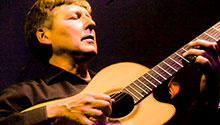



Improvisation Course For Guitar– Building Melodies From Chords